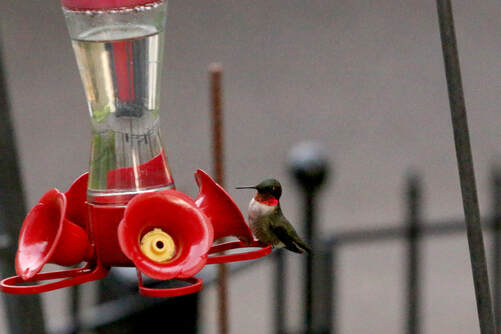 Male ruby-throated hummingbird.
Male ruby-throated hummingbird. That weekend, there were male Baltimore orioles, rose-breasted grosbeaks and ruby-throated hummingbirds that stopped at the feeders.
By the end of week on May 3, there were at least two male hummingbirds and three to four male orioles vying for feeder time. Last year it was May 7 before my regulars had returned. This year their arrival seemed to be a week earlier.
| The catbirds had returned on April 27 as well. By midweek of last week, their numbers seemed to grow. Their songs were heard across our little valley. I was surprised last week by a visit from a solitary sandpiper that had been known to stop over at the neighbor's pond around this time of year. I had photos of it in mid-April from years gone by. This year its appearance was just about a week later. Unfortunately, the day I saw it was not conducive to getting great photos. However, I'm glad I took the shot anyway, because the next day the sandpiper was gone. It was no doubt in route to its summer breeding grounds up in northern Canada. Various Facebook groups that focus on the bird scene in Pennsylvania have been flooded with many posts sporting colorful returning warblers. While I haven't seen many of the brighter ones, I was able to barely capture a shot of an ovenbird. My camera battery died at the exact moment the shutter clicked and I thought the moment was gone forever. Luckily a battery change showed at least one image was saved. |
In addition to the returning warblers, the area saw the return of some thrushes. Robins were the most notable harbingers of spring. Other thrushes took a little longer to show up. I spotted a hermit thrush this past week on yet another dark day.
I continued to wait for some possible pictures of a wood thrush or even a scarlet tanager. Both birds' songs could be heard in the treetops, but none cared to get close enough for a photo.
| Meanwhile back at the neighbor's pond, the frogs came out to bask in the sun on the warmer days. I cringed as the hotter drier days dried up the vernal pool where I had been waiting for several tadpoles to make it to frog hood. I was hopeful that the rainy days forecasted would help add to the pool and extend their lifespan. I could only imagine the number of insects that these little ones would devour if they made it through. I surmised that they had already been feeding on the mosquito larva in the pool. Nonetheless, other insects were out in full force during the sunnier warmer afternoons. I was finally able to get a photo of an American lady butterfly. I had seen one or two earlier in the spring, but they were too flighty for photo opportunities. |
"The larger beetle is blister or oil beetle. The smaller one is a Pyrochroid beetle in the genus Pedilus. The blister beetle produces the defensive chemical cantharidin. Pedilus beetles seek out blister beetles to sequester some of their cantharidin for their own defensive benefit," a poster graciously explained in a comment.
After an internet search of the blister beetle's defensive mechanism, I was so grateful that none of the dogs came in contact with it.
The hawthorn trees broke out in white blossoms and several area apple trees were just exploding with blooms that had the bees buzzing.
That's just the nature of things round' here.
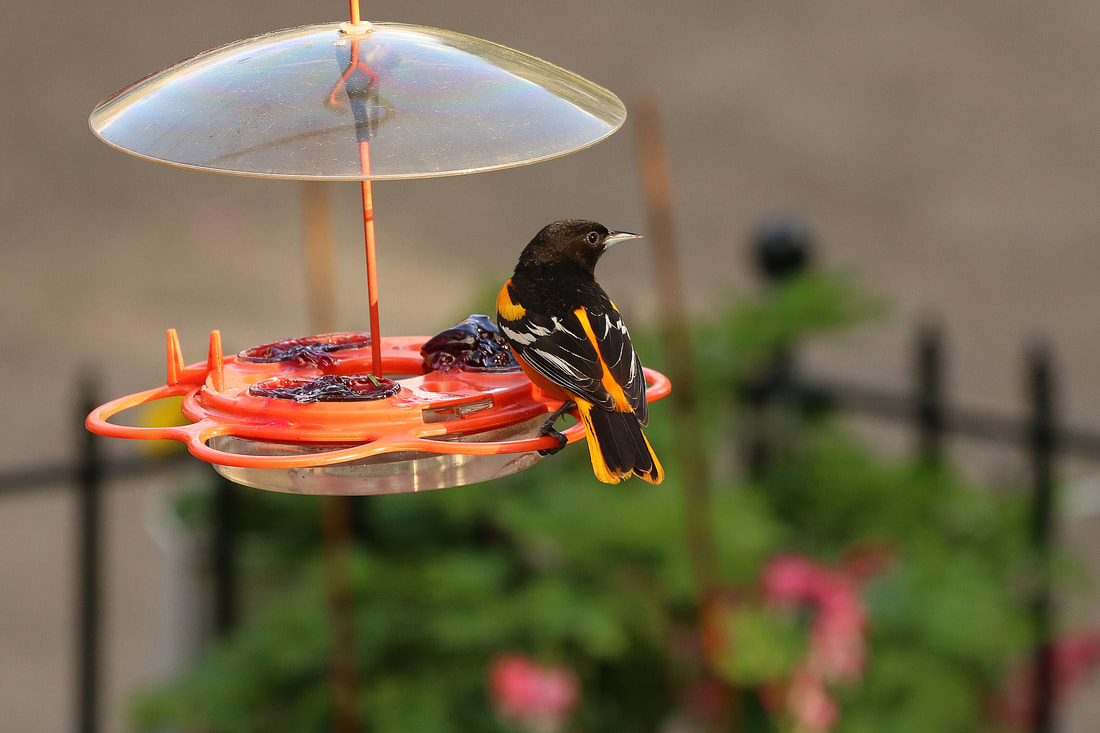
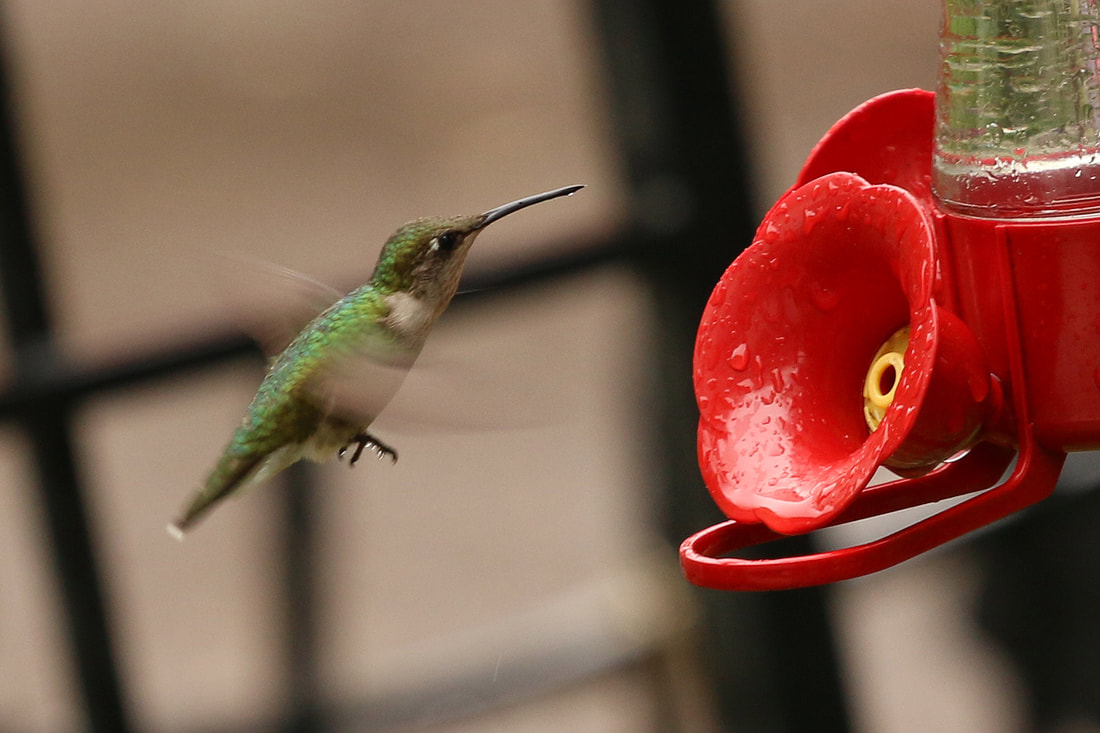
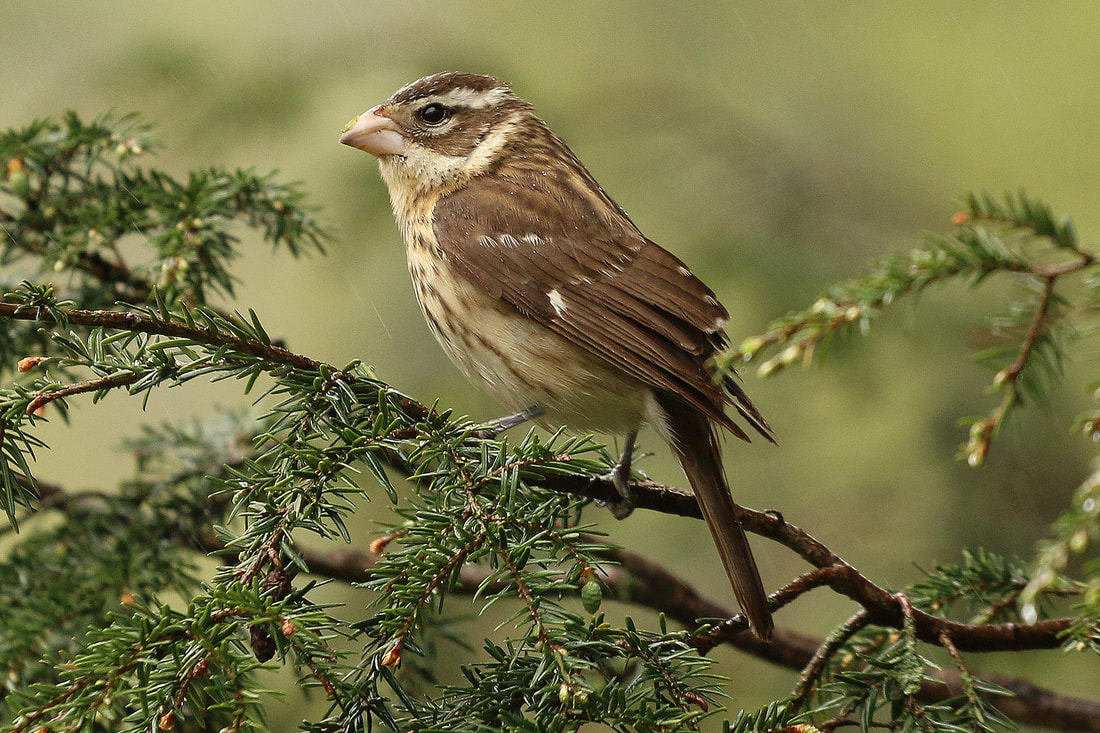
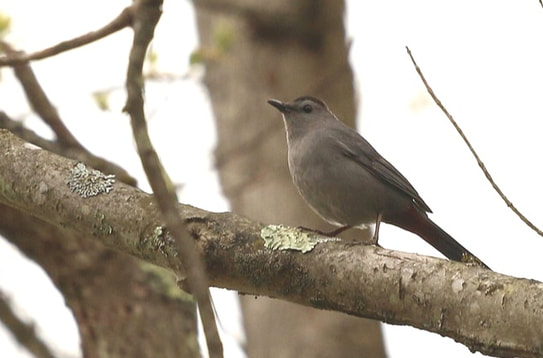
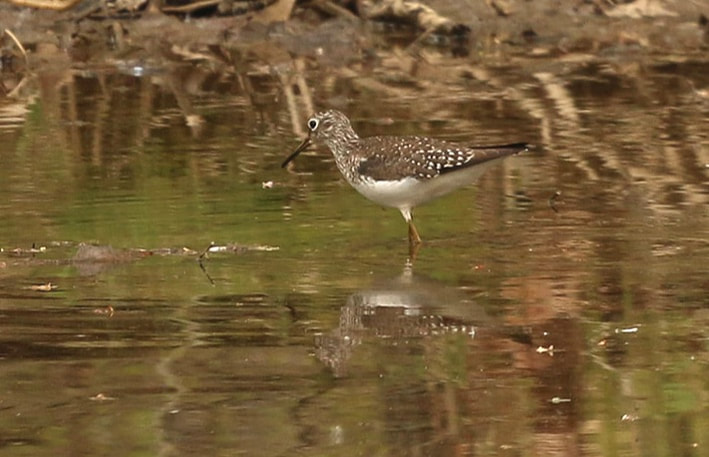
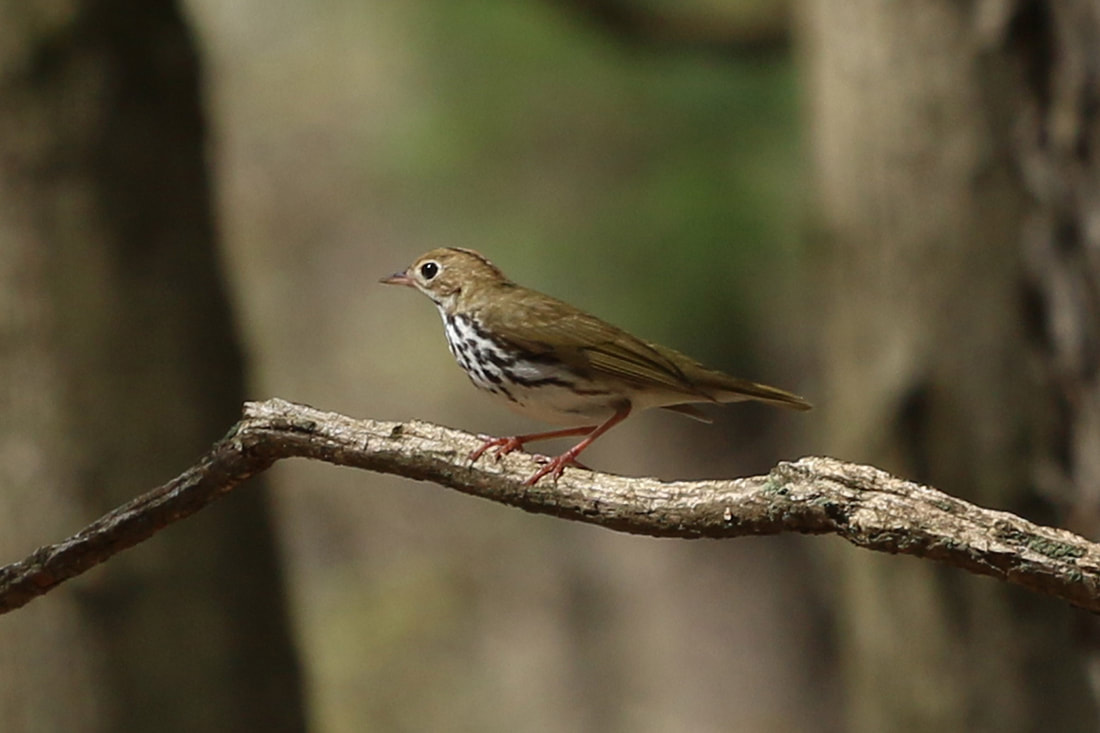
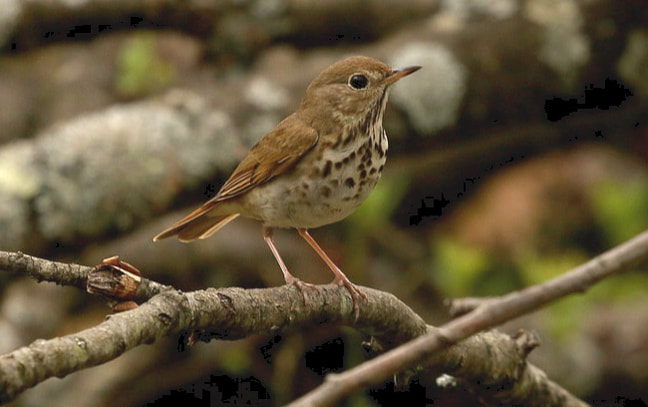
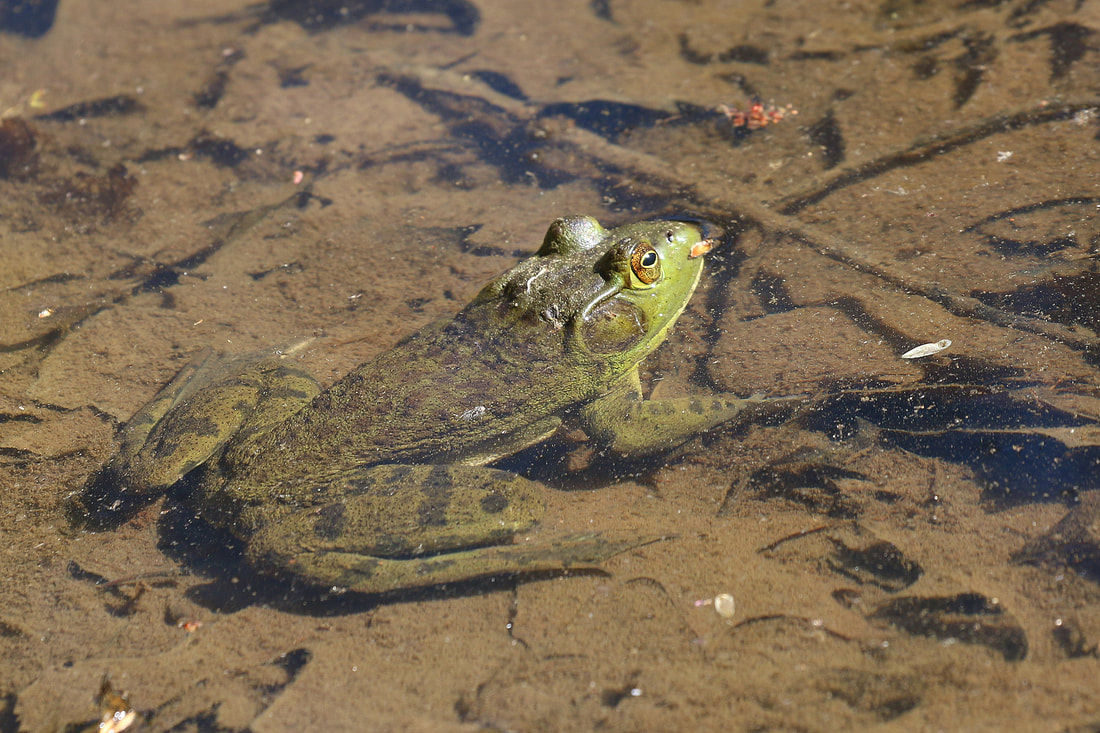
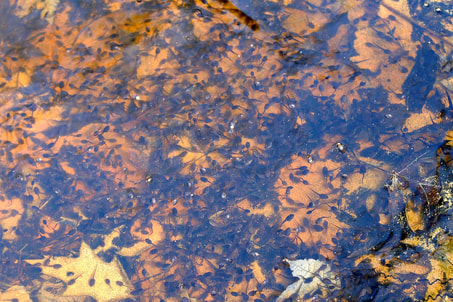
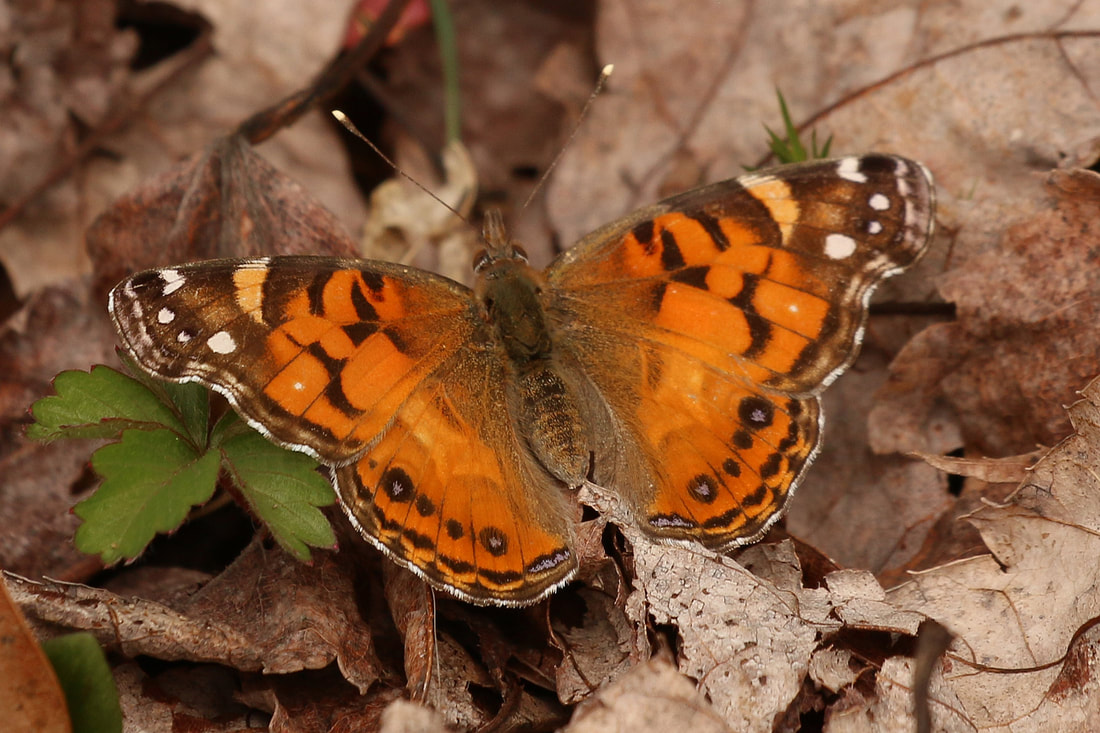
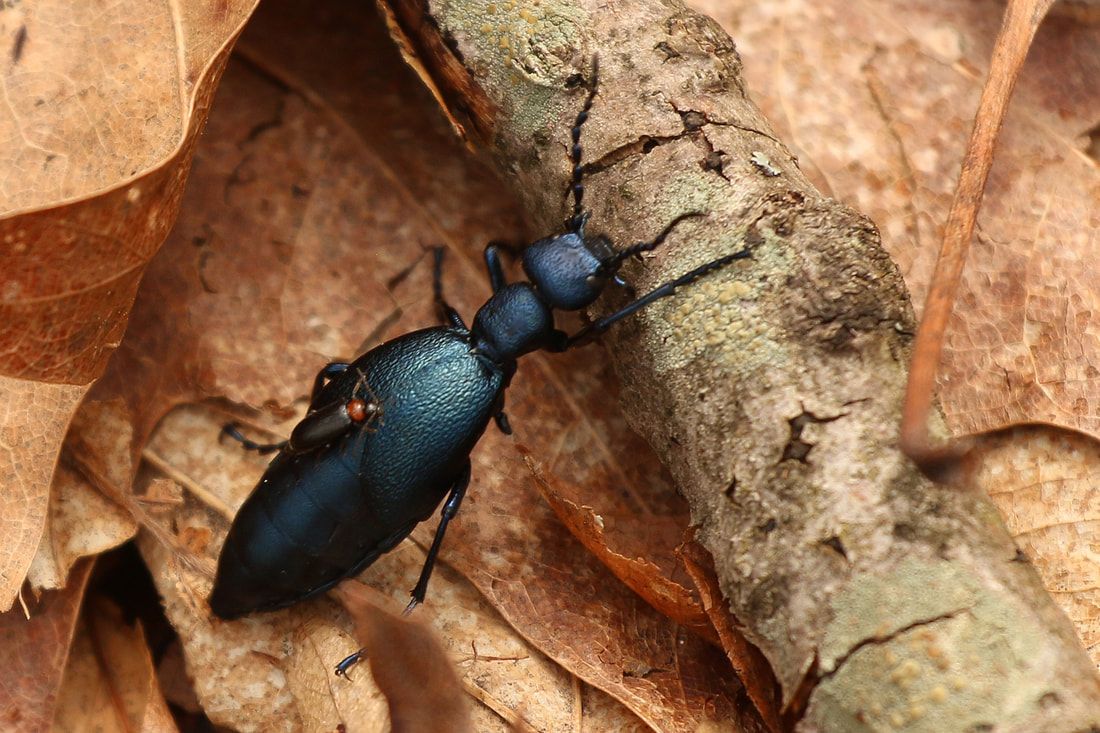
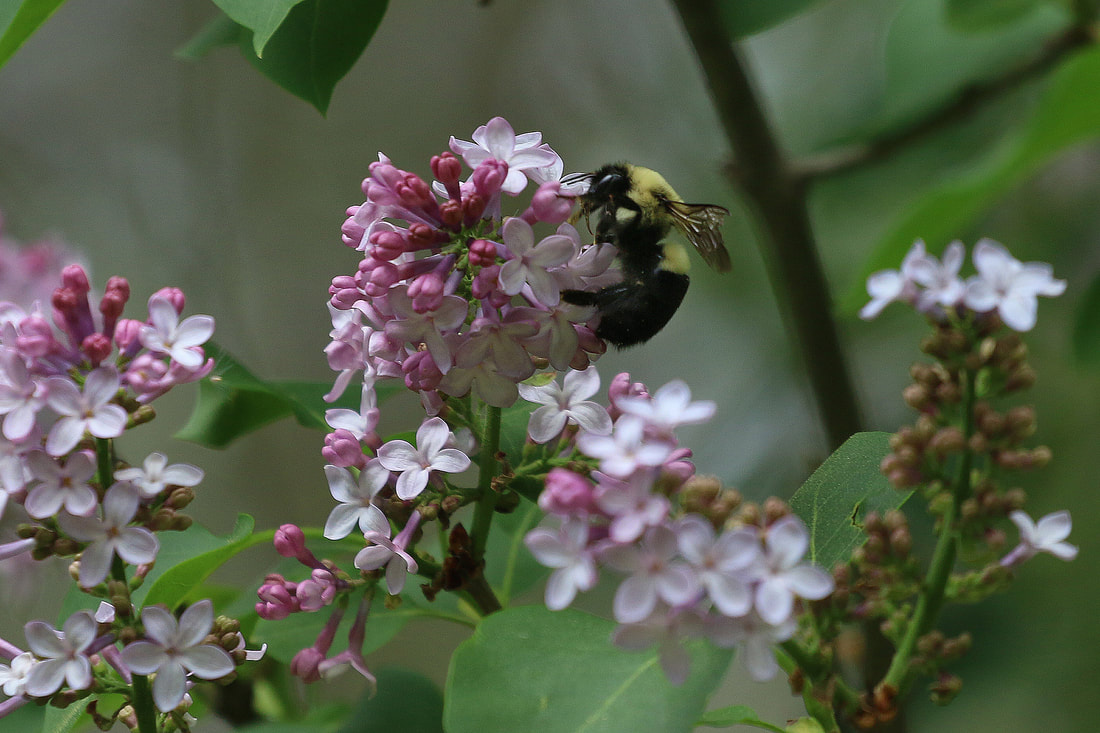
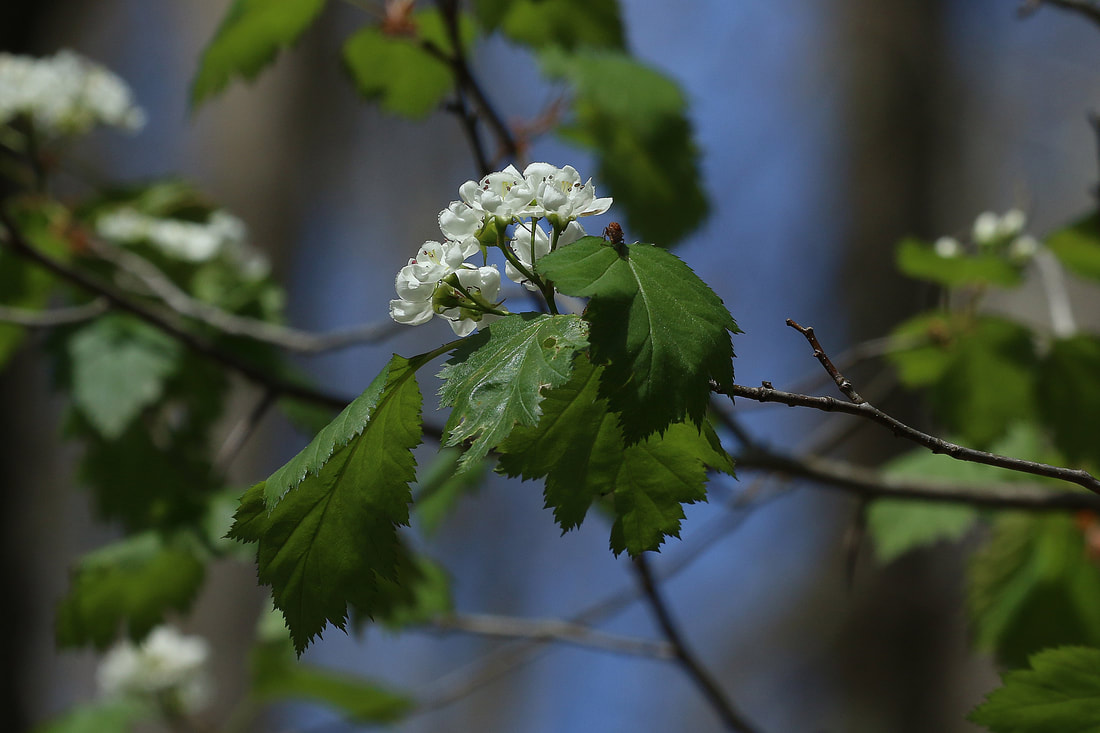
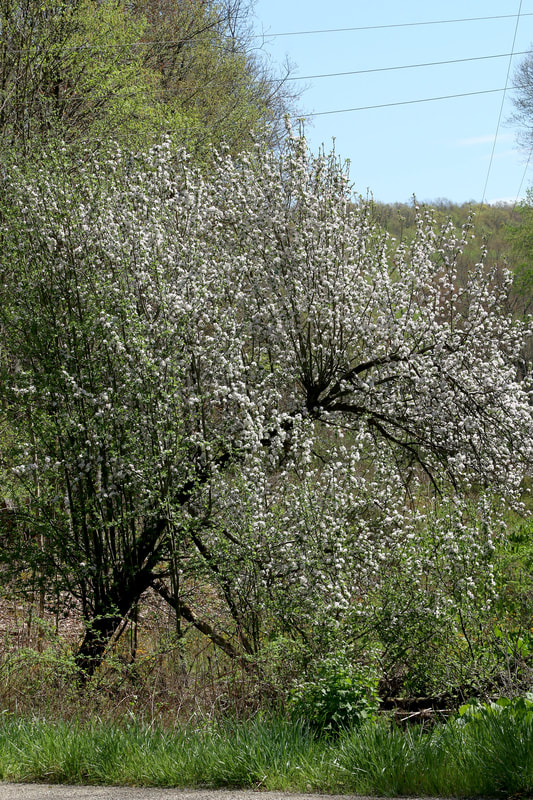
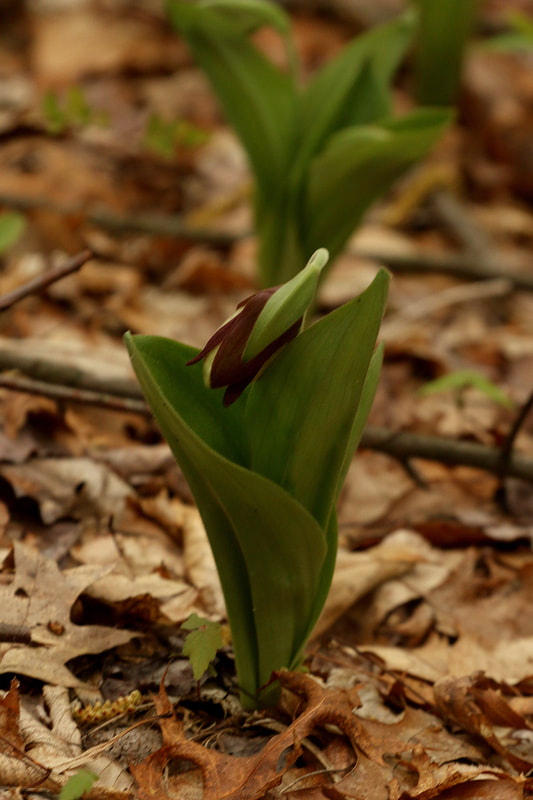
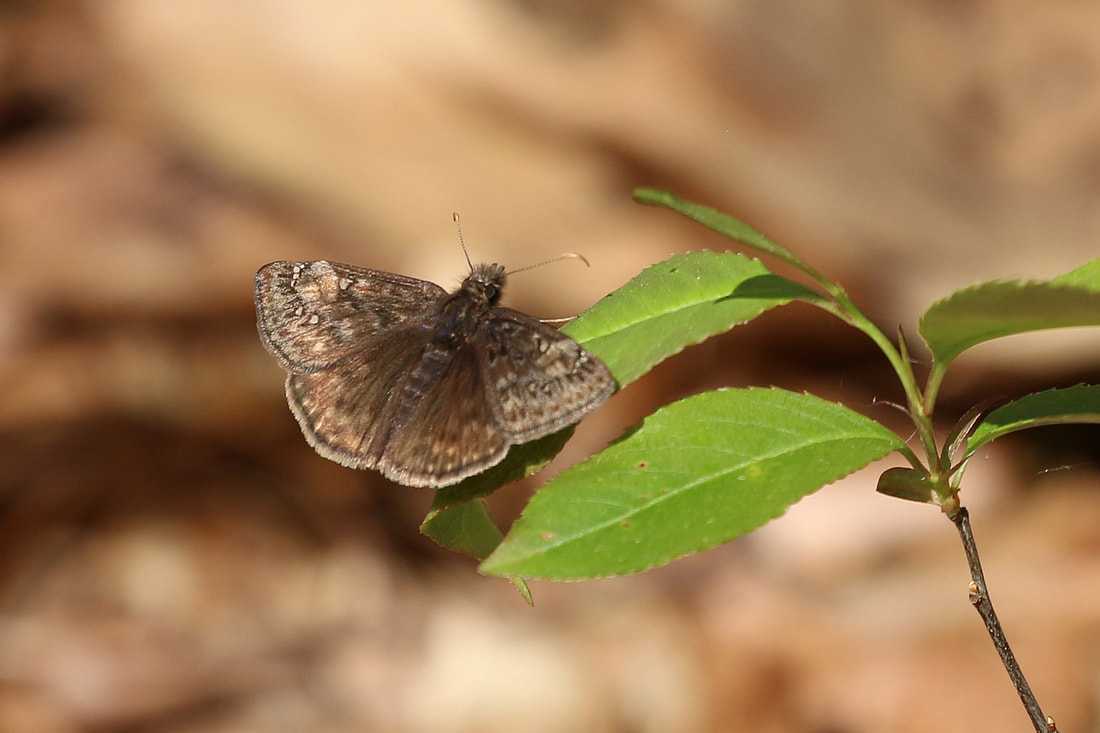




 RSS Feed
RSS Feed